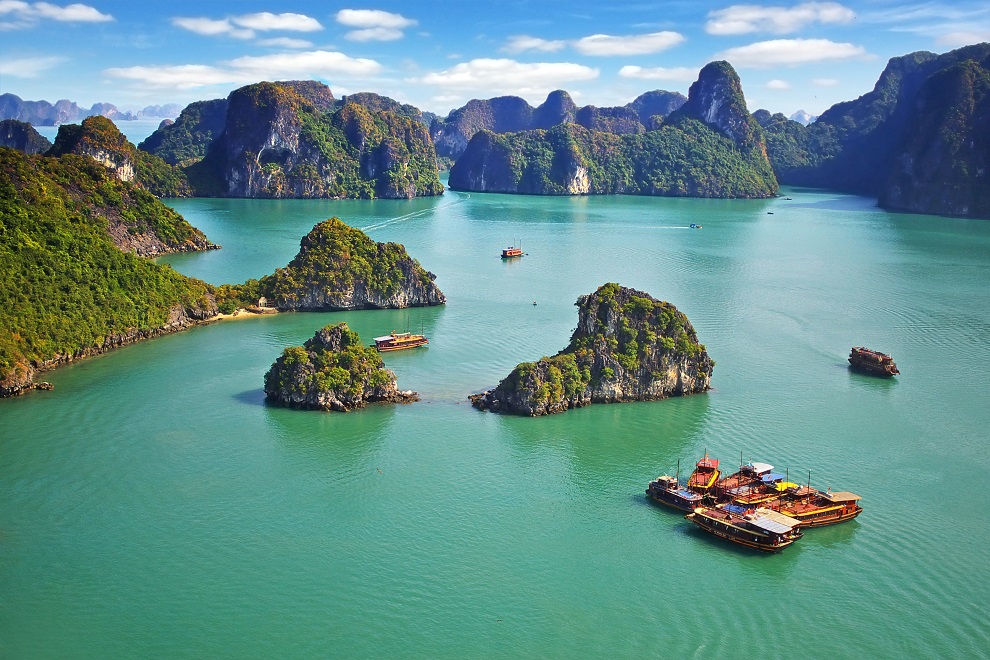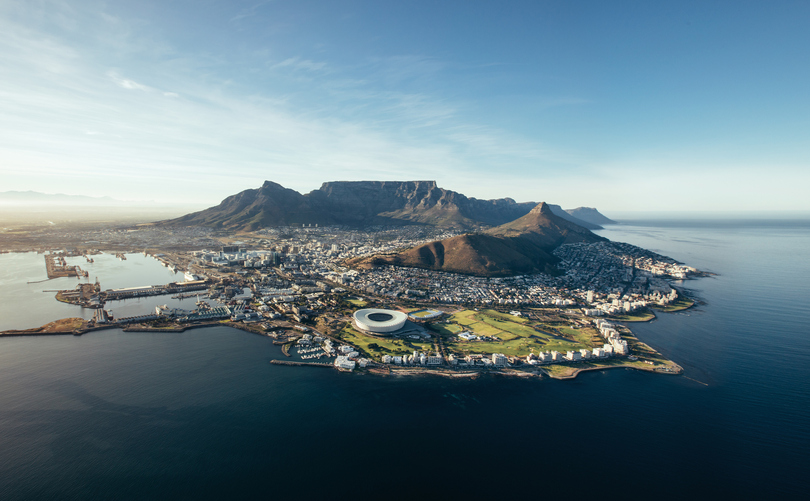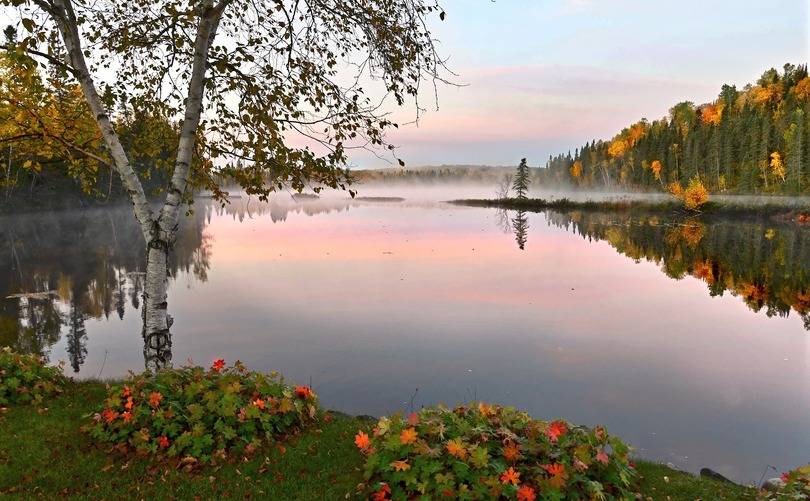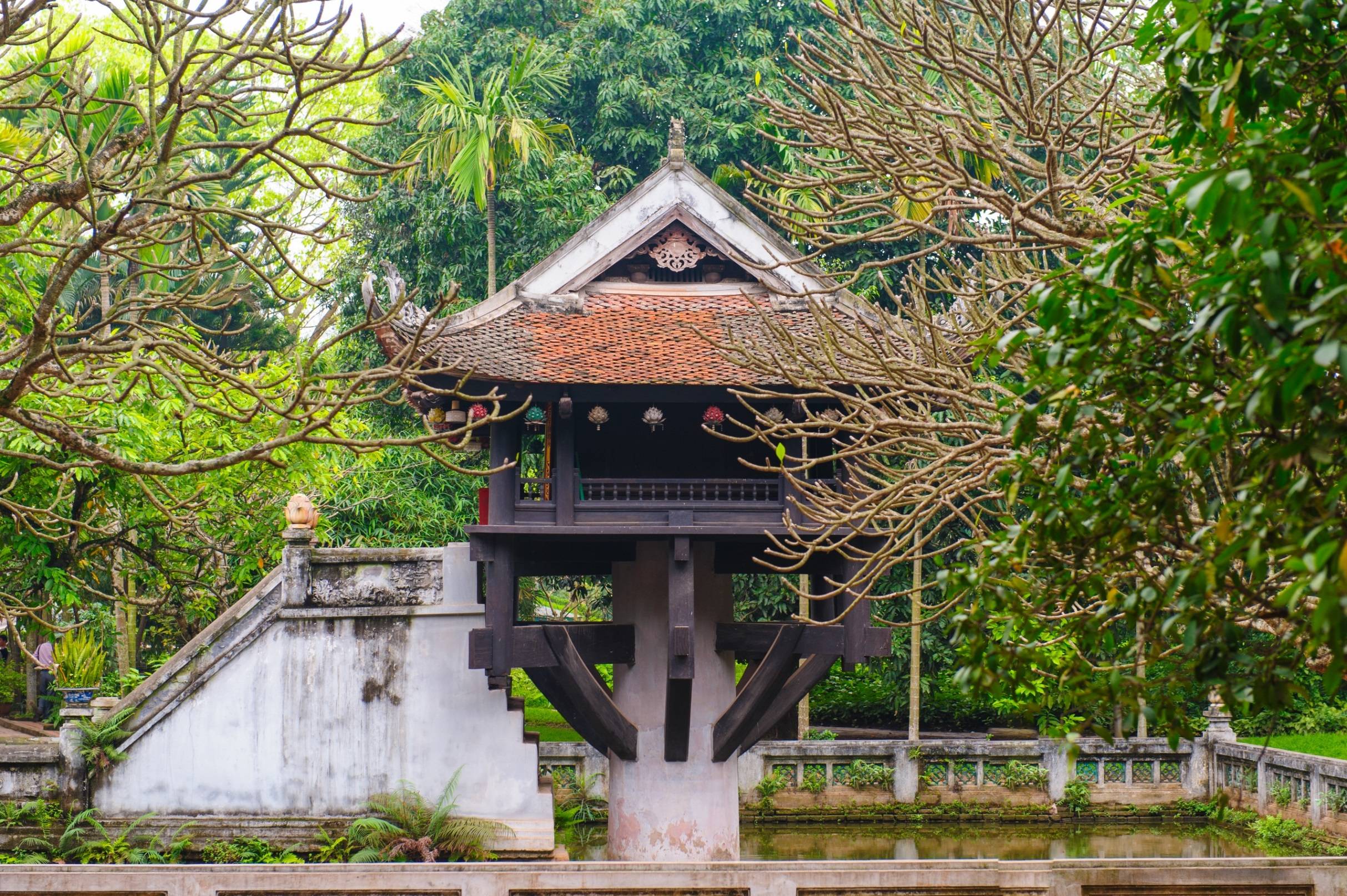
Vietnam Classic (11 Days/10 Nights)
Hanoi
Cover the main sights of Vietnam on this 10 nights tour starting in Hanoi and ending in Ho Chi Minh City!
Highlights
- Hanoi - Full day tour to explore Hanoi's illustrious history
- Ha Long Bay - Board a junk for a cruise among the islets
- Hue - Boat cruise on the peaceful Perfume River
- Danang - A visit to the photogenic village of Lang Co Beach
- Hoi An - Visit a famous lantern workshop
- Ho Chi Minh City - Cu Chi Tunnels
- Mekong Delta - Board a sampan and drift along the canals
- Day 1 - Day 1 Hanoi – Arrival
- Day 2 - Hanoi – Sightseeing
- Day 3 - Hanoi – Ha Long Bay
- Day 4 - Ha Long Bay – Boat Cruise – Hanoi – Hue
- Day 5 - Hue – Sightseeing
- Day 6 - Hue – Da Nang – Hoi An
- Day 7 - Hoi An – Sightseeing
- Day 8 - Hoi An – Da Nang – Ho Chi Minh City
- Day 9 - Ho Chi Minh City – Cu Chi Tunnels – Sightseeing
- Day 10 - Ho Chi Minh City – Ben Tre – Boat Cruise
- Day 11 - Ho Chi Minh City – Departure
- Additional Information
Arrive in Hanoi and transfer to your hotel. The rest of the day is at your leisure.
Overnight in Hanoi.
Golden Silk Boutique Hotel
Rising over the heart of Hanoi's central old quarter and famous Silk Road, with a 3-minute walk to HoanKiem Lake, Water Puppet Theatre, St Josephs Cathedral, Night Market, Hanoi Post Office, Trang Tien Plaza shopping center etc.. The luxury and impressive designed Golden Silk Boutique Hotel features stunning views and gracious style – a remarkable luxury experience, even by Western standards with graceful Asian style. Especially, the front view rooms of the hotel with balconies, captivating vistas of Hanoi’s old quarter.
Take a full day tour to explore Hanoi’s illustrious history. In the morning, visit the imposing marble edifice housing the Ho Chi Minh mausoleum (CLOSED ON MONDAYS & FRIDAYS) before moving onto his wooden stilt house and the One Pillar Pagoda. You will then explore the first university of Vietnam, the Temple of Literature, which is imbued with the profound philosophies of Confucianism. In the afternoon, visit the Hoan Kiem Lake, the Ngoc Son Temple and an ancient Vietnamese "long house ". A one-hour cyclo tour of Hanoi’s Old Quarter allows you to catch a glimpse of ancient Hanoi and learn about traditional Vietnamese architecture.
Overnight in Hanoi [Breakfast]
Golden Silk Boutique Hotel
Rising over the heart of Hanoi's central old quarter and famous Silk Road, with a 3-minute walk to HoanKiem Lake, Water Puppet Theatre, St Josephs Cathedral, Night Market, Hanoi Post Office, Trang Tien Plaza shopping center etc.. The luxury and impressive designed Golden Silk Boutique Hotel features stunning views and gracious style – a remarkable luxury experience, even by Western standards with graceful Asian style. Especially, the front view rooms of the hotel with balconies, captivating vistas of Hanoi’s old quarter.
HO CHI MINH MAUSOLEUM IN HANOI
Ho Chi Minh Mausoleum in Ba Dinh Square is one of the most visited attractions in Hanoi. It is the final resting place of Ho Chi Minh, the most iconic and popular leader of Vietnam, known to his people as ‘Uncle Ho’. His body is preserved here in a glass case at the Ho Chi Minh Mausoleum in central Hanoi (albeit against his wishes).
For visitors, a trip to Uncle Ho’s final resting place can be an extraordinary experience as it is not just an average attraction; it’s a part of a unique history.
HOAN KIEM LAKE & NGOC SON TEMPLE IN HANOI
Hanoi tourists and locals alike head to Hoan Kiem Lake when seeking a place to get away from the noise of the city. Peaceful and quiet, the lake surrounds Ngoc Son Temple, a pagoda sitting in the centre on a small island.
The temple attracts many visitors and was built in commemoration of the 13th century military leader Tran Hung Dao who was renowned for his bravery in the battle against the Yuan Dynasty.
Homage is also paid to scholar Van Xuong and Confucian master Nguyen Van Sieu. The island on which the temple is built is known as Jade Island and is accessible by the iconic Huc Bridge or Rising Sun Bridge which is a charming scarlet-painted wooden bridge of classical Vietnamese design. The pagoda is also guarded by two towering posts decorated with Chinese writing. The lake and temple are probably the most famous places in Hanoi city in which to rest and enjoy the view and are a great place to sit back and watch the locals.
HANOI OLD QUARTER
Hanoi, Vietnam’s capital lies in the North of the country and is one of the country’s top tourist hot spots. It offers French-colonial architecture, a rich food culture and a long history (the city celebrated its millennium in 2010.) The most well known and important districts in Hanoi are Ba Dinh District (aka the French Quarter) where the government offices are located and Hoan Kiem District (aka the Old Quarter) which is considered the city’s business hub and main tourist destination.
One of Hanoi’s most common sights is that of streets packed with scooters, bicycles and cars swarming around pedestrians like a school of fish. Then there are the many sidewalk vendors and people simply out for a stroll and the popular Old Quarter is no exception so walking around this district is distinct from a leisurely stroll in the park. Visitors have no choice but to face the traffic in the local style but the experience of exploring the historical area is a must-do and truly well worth it.
TEMPLE OF LITERATURE IN HANOI
The Temple of Literature is often cited as one of Hanoi’s most picturesque tourist attractions. Originally built as a university in 1070 dedicated to Confucius, scholars and sages, the building is extremely well preserved and is a superb example of traditional-style Vietnamese architecture.
This ancient site offers a lake of literature, the Well of Heavenly Clarity, turtle steles, pavilions, courtyards and passageways that were once used by royalty. Visiting the Temple of Literature you will discover historic buildings from the Ly and Tran dynasties in a revered place that has seen thousands of doctors’ graduate in what has now become a memorial to education and literature.
Originally the university only accepted aristocrats, the elite and royal family members as students before eventually opening its doors to brighter ‘commoners’. Successful graduates had their names engraved on a stone stele which can be found on top of the stone turtles.
Drive through rice paddy fields to Ha Long Bay. You will board a junk for a cruise among the hundreds of islets of Ha Long Bay while enjoying lunch. Drop anchor in the late evening for an overnight stay among the dramatic limestone peaks rising out of the sea.
Overnight on a junk [Breakfast, Lunch, Dinner]
Bai Tho Junk
Discover the wonders of Halong Bay aboard a traditional wooden junk boat
Spend the morning cruising through the limestone cliffs and emerald waters of Ha Long Bay before returning to the wharf. Transfer to Noi Bai Airport for your flight to Hue. On arrival, transfer to hotel.
Overnight in Hue [Breakfast]
Mondial Hotel Hue
This modern luxurious hotel, conveniently located in center of Hue city, with major attractions surrounding the area such as the Perfume river, shops, banks, markets, and parks. With 106 spacious, comfortable and luxurious rooms and Suite, The Mondial hotel is designed to appeal to leisure and business travellers. Furthermore, the hotel boasts Huong Xuan Restaurant on the top floor with comforting ambience and magnificent views of the Perfume river which serves a combination of authentic local and international dishes.
Take a morning boat cruise on the peaceful Perfume River to visit the Thien Mu Pagoda and then take a car to the poetic mausoleum of Emperor Tu Duc. In the afternoon, proceed to visit the Imperial Citadel and the Dong Ba Market. The spectacular Citadel (which was built in accordance to strict principles of geomancy) houses a series of palaces, ornate halls, libraries, residences and colleges.
Overnight in Hue [Breakfast]
Mondial Hotel Hue
This modern luxurious hotel, conveniently located in center of Hue city, with major attractions surrounding the area such as the Perfume river, shops, banks, markets, and parks. With 106 spacious, comfortable and luxurious rooms and Suite, The Mondial hotel is designed to appeal to leisure and business travellers. Furthermore, the hotel boasts Huong Xuan Restaurant on the top floor with comforting ambience and magnificent views of the Perfume river which serves a combination of authentic local and international dishes.
Hue Imperial Citadel
Famously being one of Vietnam’s seven UNESCO World Heritage Sites, the Imperial City of Hue has long been a must-see attraction for tourists visiting a hidden charm of Vietnam.
Famously being one of Vietnam’s seven UNESCO World Heritage Sites, the Imperial City of Hue has long been a must-see attraction for tourists visiting a hidden charm of Vietnam. The Imperial City of Hue was actually a walled fortress and palace belonged to the ancient city of Hue which was a capital city of the Nguyen Dynasty for 140 years date back from 1805 until 1945.
The grandeur architecture was planned to be built in 1803 by Gia Long – an emperor who founded the Nguyen Dynasty. During 27 years from 1805 to 1832, the Imperial City of Hue was finally completed under the reign of Minh Mang, making it the most massive structure being built in the history of modern Vietnam involving thousands of workers, millions cubic meters of rock and huge volume of burden workload. It locates on the northern bank of Huong River, turning South with total land area of 520 ha. The place was made UNESCO Site in 1993 with the remained buildings being actively restored and preserved after the destruction from the Vietnam War.
The Imperial City of Hue has a circumference of 10 kilometers with the height of 6.6 meters and 21 meters thick with forts being meanderingly arranged, accompanied by cannons, artilleries and ammunitions. Initially the fortress was built solely by soil, only to be replaced by bricks afterward. Surrounding the city is the complicated canal system served not only as a protection but also as a waterway with nearly seven kilometers.
There are total of ten main majestic gates leading to the Imperial City of Hue, which can be divided into two main parts excluding houses and mansions: The Citadel and The Forbidden City. The former served to protect the important palaces inside while the latter was where the emperor and the royal family stayed as well as the court’s workplace. All the typically traditional Eastern architectures including majestic palaces, tombs and museums stand accordantly together to make an utmost amusing attraction right in the heart of Vietnam.
There is no difficulty getting to the Imperial City. From Phu Bai International Airport, head straight to 1A Highway and you’ll be standing right next to a massive gate leading its way inside; just prepare 50.000 VND for the ticket and all there’s left for you to do is sightseeing the magnificence of the Imperial City of Hue.
Dong Ba Market
Dong Ba Market is the biggest commercial center of Thua Thien – Hue province and the adjacent regions.
Thien Mu pagoda
If Hanoi has One-pillar pagoda, Hue is renowned for its Thien Mu pagoda. The architecture, location and history makes Thien Mu pagoda among the top attractions to see in Hue.
Tu Duc Tomb
A glance at the tomb can create the illusion of a park, packed with frangipani trees and grove of pines.
Drive along the coast and via mountain passes to Hoi An with a stop en route at the photogenic village of Lang Co Beach. Visit the Cham Museum in Da Nang which houses the world’s finest collection of Cham artworks before proceeding to Hoi An. The rest of the day is at your leisure to explore the town.
Overnight in Hoi An [Breakfast]
Hoi An Ancient House Resort & Spa
Hoi An Ancient House Resort & Spa includes a 200 years-old ancient house that is recognized as a provincial level relic. Designed in Vietnamese style. This house is a family home since 5 generations and the present owners now, serving travelers the family traditional way.
Pay a visit to one of Hoi An’s famous lantern workshops and learn how to make one yourself before setting out on a walking tour to explore this World Heritage Site. Highlights include an ancient merchant house, the Phuc Kien Assembly Hall, the 400-year-old Japanese Covered Bridge and the vibrant riverside market. Take a peaceful boat trip on the Thu Bon River and afterwards enjoy free time to further explore the old town.
Overnight in Hoi An [Breakfast]
Hoi An Ancient House Resort & Spa
Hoi An Ancient House Resort & Spa includes a 200 years-old ancient house that is recognized as a provincial level relic. Designed in Vietnamese style. This house is a family home since 5 generations and the present owners now, serving travelers the family traditional way.
HOI AN RIVERSIDE
From the 16th to the 18th centuries, Hoi An attracted international traders because of its location on the banks of Thu Bon River, conveniently flowing into the East China Sea. The merchants chose to stop here to wait for the right wind directions for their next destinations. Among them were traders from China, Japan, the Netherlands, France, Portugal and India.
Of all the streets in the Old Town, the one that runs east-west to the river’s edge is the liveliest. The traditional buildings and shops have welcomed foreign merchants since the days when the town was known as Hai Pho (Seaside Town). Nowadays it no longer greets foreign traders but tourists and travelers.
However, the seemingly untouched architecture in Hoi An’s Riverside and Old Town was built only about 200 years ago and is made up of a mix of Vietnamese, Chinese, Japanese and colonial styles. Those who wish to see older buildings will have to go further inland where they can find, for example, a 15th century pagoda.
FUJIAN ASSEMBLY HALL IN HOI AN
The photogenic Fujian (Phuc Kien) assembly hall was created as a place in which residents from Fujian in China could meet up and socialise whilst living or visiting Hoi An. Built around 1690 with the main gate added much later, the assembly hall is also a World Cultural Heritage site and is much visited today by those seeking a glimpse of this superb piece of architecture.
The inside of the assembly hall contains the Jinshang Golden Mountain temple dedicated to Thien Hau, the goddess of the sea and caretaker of sailors, featuring altars adorned with delicately carved dragons. There is also a fertility shrine to help answer the prayers of childless couples who visit.
JAPANESE COVERED BRIDGE IN HOI AN
One of Vietnam's most iconic attractions, Hoi An's Japanese covered bridge dates back to the 18th century and is a beautiful historical piece of Japanese architecture. It is claimed that it was created by the Japanese then living in Hoi An as a way to reach the Chinese quarter across the water.
The bridge was opened by Nguyen Phuc Chu Lord in 1719 who carved three Chinese symbols above the door in commemoration. The bridge also features the sculptures of two dogs and two monkeys representing the Chinese years in which many Japanese Emperors were born along with the fact that the building of the bridge began in the year of the dog and was completed in the year of the monkey.
The Japanese Covered Bridge underwent renovation work in 1986 which saw the restoration of the arch that was once flattened to make way for cars. Today, the bridge stands as a symbol of Hoi An and remains as aesthetically pleasing as it was when it first opened.
Depart for Da Nang to catch your flight to Ho Chi Minh City. Upon arrival, transfer to your hotel and the rest of the day is at your leisure.
Overnight in Ho Chi Minh City [Breakfast]
Prostyle Hotel Ho Chi Minh
Prostyle Hotel Ho Chi Minh is located in the heart of Ho Chi Minh City, a 3-minute walk from Vincom Center. It is conveniently located a 24-minute drive from Tan Son Nhat International Airport. Tourist attractions, gourmet spots, shopping spots and business districts are concentrated in the center of District 1 of Ho Chi Minh City. Have a good time at Prostyle Hotel Ho Chi Minh. and hairdryer are provided. Guests can dine at Asian Ruby's restaurant and bar, which serves Vietnamese and European dishes. Asian Ruby Hotel provides a fitness room, laundry service and bike rental. Massage services are available.
In the morning, you will visit the amazing Cu Chi Tunnels where Vietnamese guerrillas built a labyrinth of narrow tunnels as hideouts during the war. Return to Ho Chi Minh City in the afternoon for a half-day city tour. Highlights include the photo stops at the Reunification Palace, the Notre Dame Cathedral, the Central Post Office. Visit a local market in Chinatown and either the Thien Hau Temple or the Quan Am Pagoda.
Overnight in Ho Chi Minh City [Breakfast]
Prostyle Hotel Ho Chi Minh
Prostyle Hotel Ho Chi Minh is located in the heart of Ho Chi Minh City, a 3-minute walk from Vincom Center. It is conveniently located a 24-minute drive from Tan Son Nhat International Airport. Tourist attractions, gourmet spots, shopping spots and business districts are concentrated in the center of District 1 of Ho Chi Minh City. Have a good time at Prostyle Hotel Ho Chi Minh. and hairdryer are provided. Guests can dine at Asian Ruby's restaurant and bar, which serves Vietnamese and European dishes. Asian Ruby Hotel provides a fitness room, laundry service and bike rental. Massage services are available.
CU CHI TUNNELS IN HO CHI MINH
The Cu Chi Tunnels are basically a huge war museum offering visitors a sneak peak at the underground life of Viet Cong-era soldiers. Comprising more than 120km of tunnels, they were first started around 1948 when the Viet Cong were fighting the French.
Nowadays, the restored tunnels are one of Vietnam’s top attractions and are especially popular with non-Vietnamese tourists. People follow the routes of the underground army and before entering the tunnels visitors will have the chance to watch a short movie and get to understand beforehand how this unusual tunnel system actually works.
CENTRAL POST OFFICE IN HO CHI MINH CITY
The Central Post Office in Ho Chi Minh is a beautifully preserved remnant of French colonial times and perhaps the grandest post office in all of Southeast Asia. Located next door to Notre Dame Cathedral, the two cultural sites can be visited together and offers visitors a chance to imagine life in Vietnam during the times of the Indochinese Empire. The building was designed by Gustave Eiffel – the renowned engineer who also designed the Statue of Liberty and the Eiffel Tower – and features arched windows and wooden shutters, just as it would have in its heyday in the late 19th Century.
The Central Post Office in Ho Chi Minh was constructed between 1886 and 1891 and once inside, the looping arches, intricately designed marble floors and antiquated telephone boxes all serve as a reminder of the importance the post office played in days before email and mobile phones. Although the architecture is distinctly French, the large portrait of Ho Chi Minh hanging high above everyone at the far end of the building reminds everyone we are definitely in Vietnam. Painted onto walls overhead are two maps of the region; one of them showing the telegraph lines that crisscross Vietnam and Cambodia and the other displaying a map of the Saigon region in 1892.
Although the experience is a fascinating glimpse into history, the fact that this is still a functioning post office makes the experience even sweeter, and we encourage everyone to send a letter or postcard from here – it’s a piece of living history where even the old fashioned glue pots are still in use for sticking stamps to letters. There are two wings branching out from the main office, selling souvenirs, postcards and lacquerware but the prices are inflated and the same products can probably be found elsewhere for a better price.
NOTRE DAME CATHEDRAL IN HO CHI MINH
In a quiet corner of bustling downtown Ho Chi Minh City stands Notre Dame Cathedral, the one remaining stronghold of Catholicism in the largely Buddhist Vietnam. Built in the late 1880s by French colonists, it was formerly called Saigon Church. The name Notre Dame was given after the installation of the statue ‘Peaceful Notre Dame’ in 1959. In 1962, the Vatican conferred the Cathedral status as a basilica and gave it the official name of Saigon Notre Dame Cathedral Basilica.
In a quiet corner of bustling downtown Ho Chi Minh City stands Notre Dame Cathedral, the one remaining stronghold of Catholicism in the largely Buddhist Vietnam.
Built in the late 1880s by French colonists, it was formerly called Saigon Church. The name Notre Dame was given after the installation of the statue ‘Peaceful Notre Dame’ in 1959. In 1962, the Vatican conferred the Cathedral status as a basilica and gave it the official name of Saigon Notre Dame Cathedral Basilica.
REUNIFICATION PALACE IN HO CHI MINH
The iconic Reunification Palace made its name in global history when in 1975 a tank belonging to the North Vietnamese Army crashed through its main gate – thus signifying the end of the Vietnam War. This image is one of the most famous pictures depicting the Reunification Palace which has seen a rich and varied history and once served as the base of the US-backed Vietnamese General Ngo Dinh Diem during the Vietnam War, until his assassination in 1963.
The palace is like a time capsule frozen in 1975 with two of the original tanks used in the capture of the palace parked in the grounds. Originally the site of the Nordom Palace also known as the Governor’s Palace its first role was as a home and workplace for the then French Governor of Cochinchina. The Reunification Palace is a landmark not to be missed by any tourist visiting Ho Chi Minh City. Surrounded by lush tropical gardens, the palace hides secret rooms, antique furniture and a command bunker within its eerie corridors. The Reunification Palace is still in use to host occasions including APEC summits and national events of significant importance.
Depart for the Mekong Delta. Upon arrival in My Tho, enjoy a boat cruise along the river. Experience a ride to visit a local house where you will enjoy tea and taste home grown fruits. Board a sampan and drift along the narrow, tree-lined canals for further exploration of the Mekong Delta. After lunch, visit a family-run business making coconut candy before returning to My Tho. On the return trip to Ho Chi Minh City, visit the Vinh Trang Pagoda if time permits. Return to Ho Chi Minh City by the late afternoon.
Overnight in Ho Chi Minh City [Breakfast, Lunch]
Prostyle Hotel Ho Chi Minh
Prostyle Hotel Ho Chi Minh is located in the heart of Ho Chi Minh City, a 3-minute walk from Vincom Center. It is conveniently located a 24-minute drive from Tan Son Nhat International Airport. Tourist attractions, gourmet spots, shopping spots and business districts are concentrated in the center of District 1 of Ho Chi Minh City. Have a good time at Prostyle Hotel Ho Chi Minh. and hairdryer are provided. Guests can dine at Asian Ruby's restaurant and bar, which serves Vietnamese and European dishes. Asian Ruby Hotel provides a fitness room, laundry service and bike rental. Massage services are available.
Free until transfer to Tan Son Nhat Airport for your departure
[Breakfast]
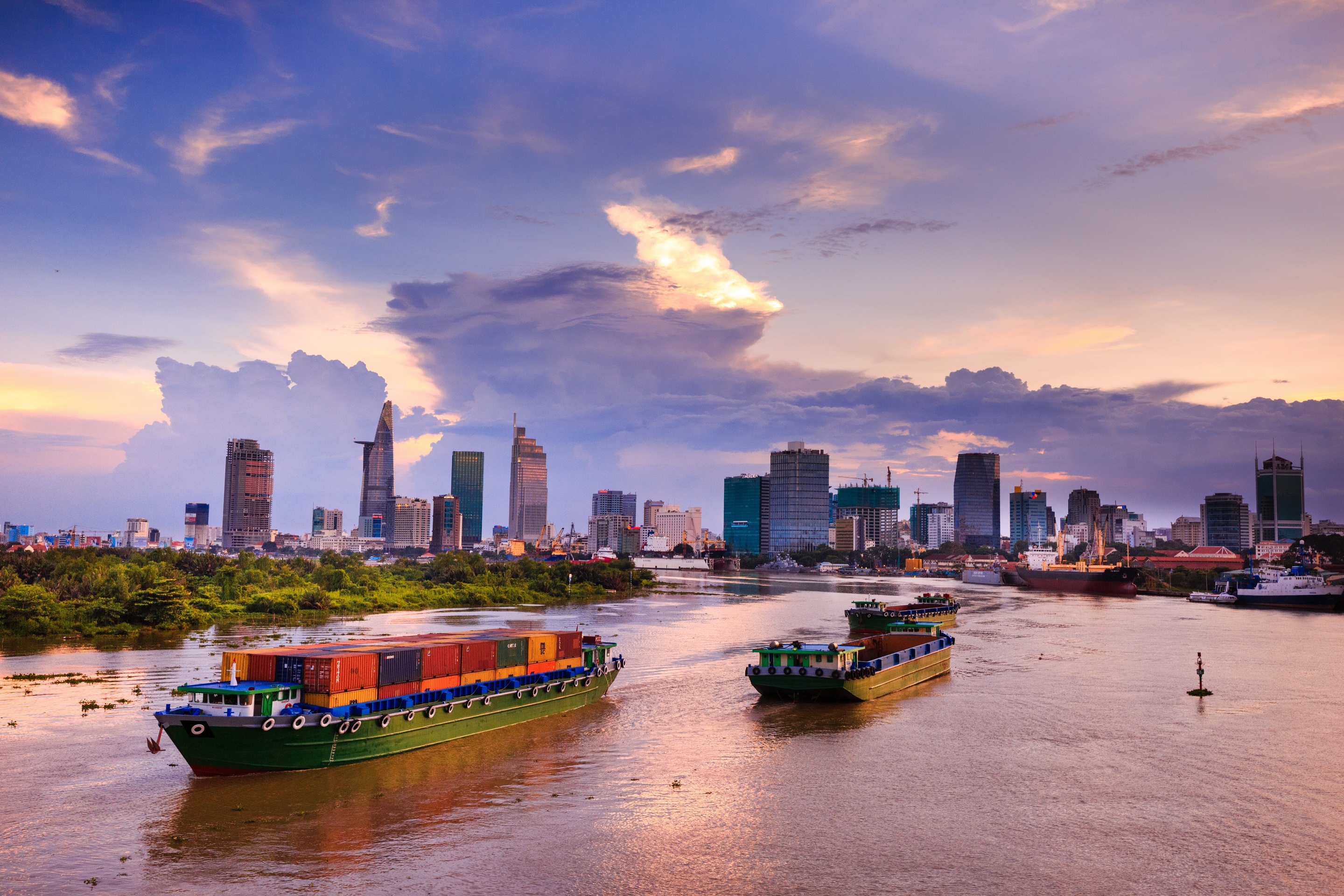
INCLUDED IN THE TOUR PRICES ARE:
- Vietnam visa approval number processing fee
- Accommodation & daily breakfast
- Transportation on tour in air-conditioned vehicles
- Local English speaking guides
- Entrance fees for all sight-seeing tours as specified in the itinerary
- Meals as specified in the itinerary
- Bottled water for sightseeing tours
- International air ticket reconfirmation
NOT INCLUDED IN THE TOUR PRICES ARE:
- Vietnam visa stamping fee
- International airfares
- Beverages during included meals
- All personal expenses
- Personal insurance
- Gratuities for guide, driver, waiter/waitress, bell boy, boat crew etc.
- All other services not mentioned in the itinerary
Deluxe, Deluxe Plus and First Class hotel option is available. Please call for a quote.






